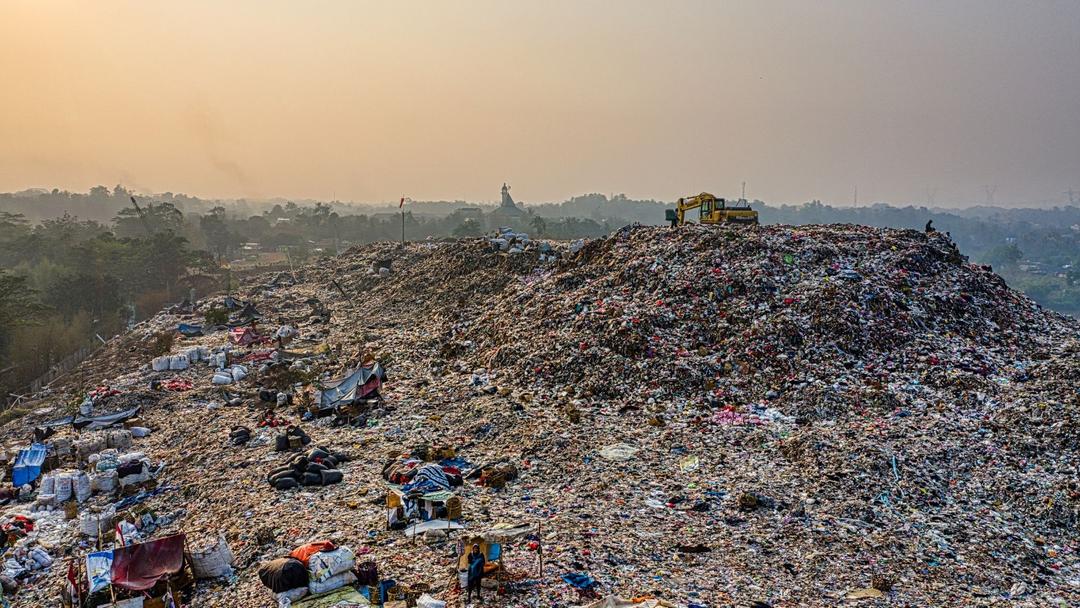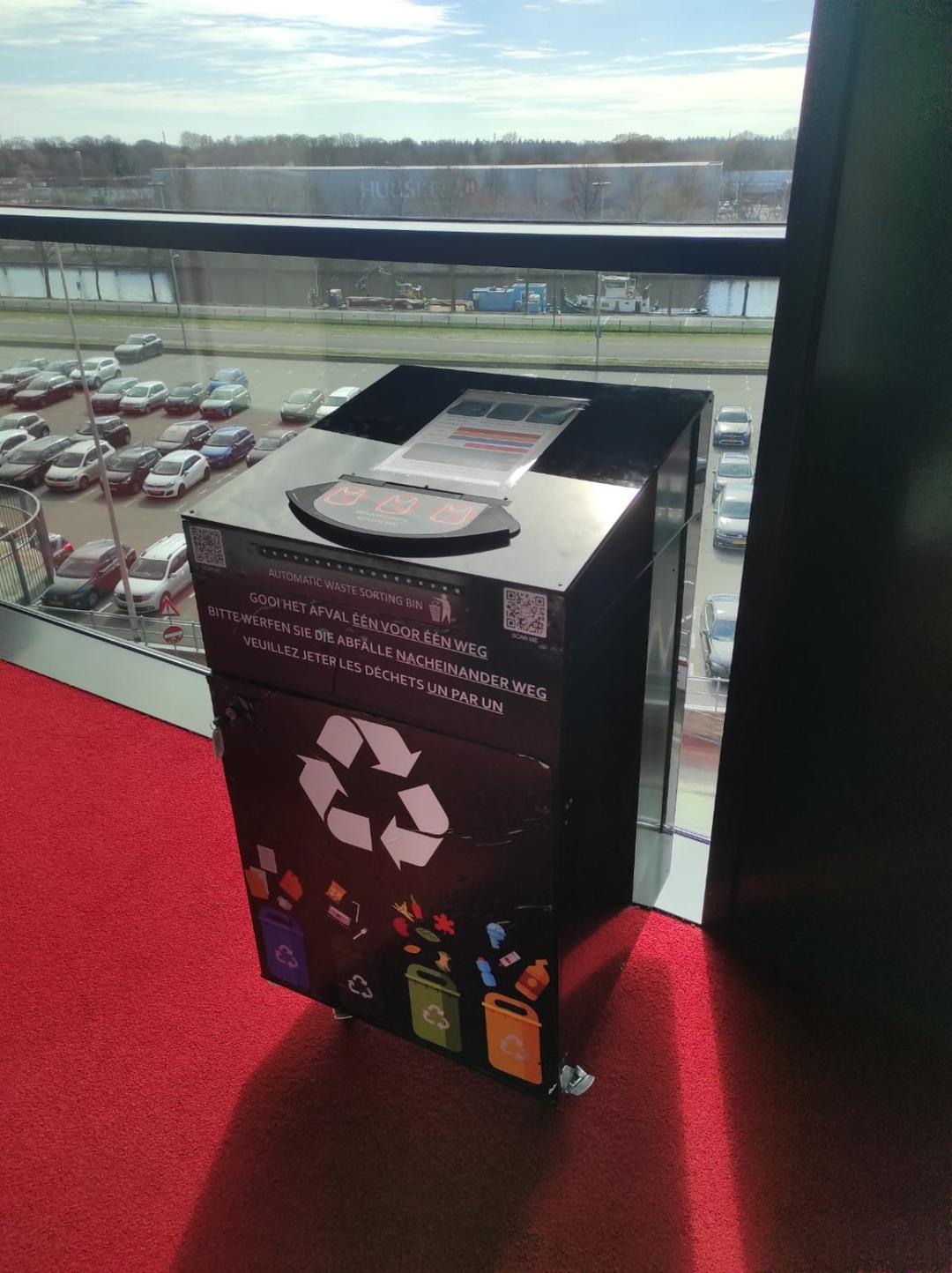Waste management and innovative solutions to reduce landfill waste!
24 May 2023, By PLAEX Technologies

Introduction:
Waste management is an integral part of creating a sustainable future. The way we manage our waste has a significant impact on the environment, human health, and the economy. Landfill waste, in particular, is a growing concern as it contributes to greenhouse gas emissions, pollution, and soil and water contamination, however, there are innovative solutions available that can help reduce landfill waste and create a more sustainable future. In this beginner's guide, we will explore some of the methods of waste disposal, as well as some of the solutions, including the use of AI and technology.
What is waste management:
Waste management is the process of collecting, transporting, processing, and disposing of waste. The goal of waste management is to reduce the negative impact of waste on the environment, human health, and the economy. During the collection stage, waste is gathered from homes, businesses, and other sources. It is then transported to a processing facility where it is sorted and prepared for disposal. There are different methods of waste disposal. These include:

- Landfills: One of the most commonly used ways of disposal. Landfills provide some of the simplest and most cost-effective ways to dispose of the trash, making it the most popular waste disposal method, however people often misunderstand the negatives. The average size of a landfill is close to 2.4 square kilometers, and is usually created by destroying a natural habitat for wildlife. The most pressing issue that landfills bring is the creation and release of methane gas, which is a potent greenhouse gas that contributes to climate change. Landfill waste also poses a risk to human health and the environment, as it can contaminate soil and water.
- Incineration: Another popular method of waste disposal are incinerators, where waste is burned at high temperatures and turned into gaseous state. The big advantage of incinerators over landfills is the minimization of space required. However, on the other hand, incinerators require a significant investment to upkeep, as both the machinery and well trained staff are needed to ensure proper procedures. Additionally, incinerators are far worse than landfills due to heavy gas pollution that follows burning of the waste.
- Plasma Gasification: Another method of waste disposal that uses electrically charged gas, which is used to convert solid and liquid waste into syngas. This method is, however, quite expensive and primarily used for industrial and toxic waste.
What can we do?

One of the main problems that comes with waste management is the lack of information on the steps people can take to better dispose of their waste. There are numerous simple solutions to lowering waste disposal on a household level. These include:
- Composting: An effective way to reduce landfill waste, by composting organic material such as food waste and yard waste. By doing so we can create a valuable fertilizers that can be used to enrich soil.
- Recycling: Refers to the recovery and re-processing of waste material that can be used to create new products. It is considered to be one of the most effective ways to reduce landfill waste, by recycling materials such as paper, plastic and glass. In developed countries ,such as in the Netherlands, recycling bins are readily available, and people are incentivised to recycle through proper education, accessibility and information sharing on the importance of recycling.
Artificial Intelligence and Technology Advancements:

Technological advancements are presenting us with new solutions that are able to help us create a better waste management system.
Artificial Intelligence and technology can also play a significant role in reducing landfill waste. For example, AI-powered waste sorting systems can help identify and sort recyclable materials, reducing the amount of waste that ends up in landfills. These systems use machine learning algorithms to identify and sort materials based on their properties, such as shape, size, and colour.
A great example of such technological advancement that focuses on creating waste management solutions can be seen by PLAEX Technologies in the form of Garby, an AI powered waste sorting bin, and Garcia, the AI powered waste detection sensor, that makes waste sorting a simple process.
Besides waste sorting, artificial intelligence can also help optimise waste collection and transportation routes, reducing the amount of time and fuel needed to transport waste. By analysing data such as traffic patterns and waste generation rates, AI can help create more efficient waste collection and transportation systems.
Another example of technology in waste management is the use of drones and sensors. Sensors can be used to identify the type of waste that is being disposed, and sort it accordingly. Drones can be used to monitor landfills and identify areas where waste is overfilling or creating potential hazards. They can also be used to map out landfills and track changes over time, helping waste management companies to plan for future expansion or closures.
Conclusion
Ultimately, the goal of waste management is to create a more sustainable future. By reducing landfill waste, we can reduce pollution, greenhouse gas emissions, and the risk of soil and water contamination. We can also create renewable sources of energy and reduce our dependence on non-renewable resources.
Waste management is essential for creating a sustainable future. The problem of landfill waste is a growing concern, but there are many innovative solutions available that can help reduce the amount of waste that ends up in landfills. From simple household level solutions such as recycling and composting to technological advancements through AI. Technological advancement such as Garby, the AI waste sorting bin, and Garcia, the AI waste detection sensor, have the opportunity to revolutionise and simplify waste management processes.